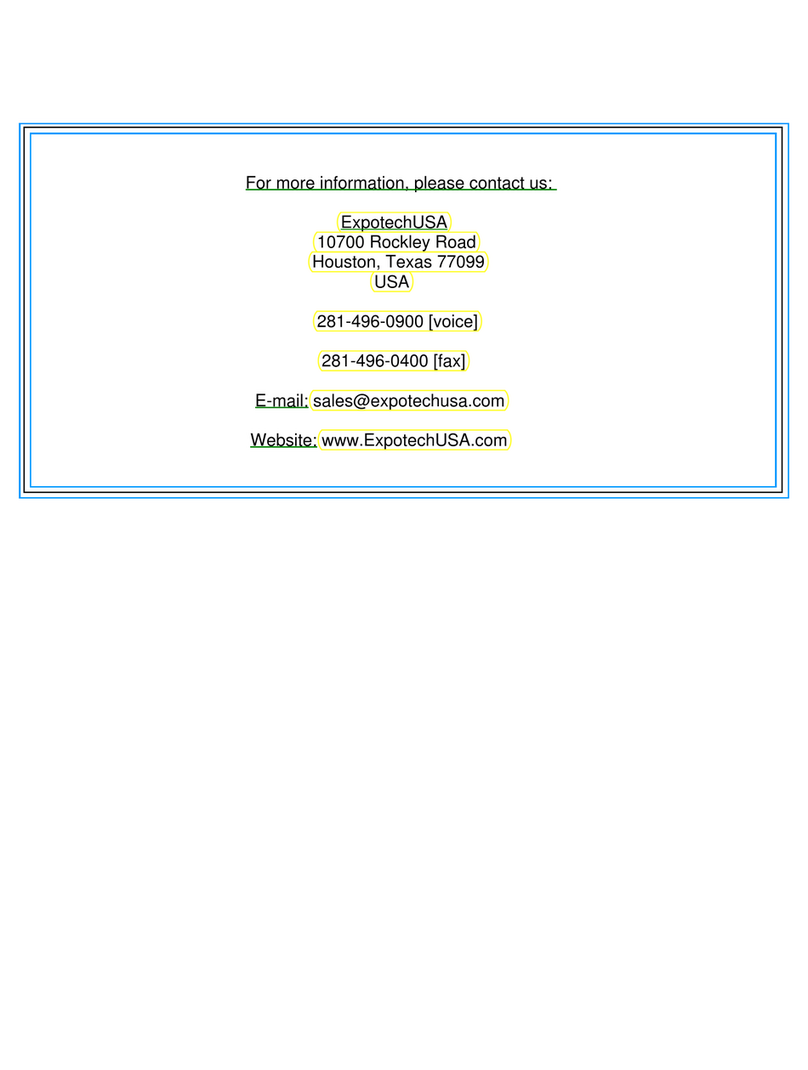
CONTENTS
VI HORIBA
3.4.9 Ion slope setting (D-53) ................................................................ 86
3.4.10 Conductivity unit setting (D-54 ) ................................................... 86
3.4.11 Temperature coefficient setting (D-54 ) ........................................ 87
3.4.12 DO salinity compensation setting (D-55 ) ..................................... 88
3.4.13 DO atmospheric pressure compensation setting (D-55 ) ............. 89
3.4.14 Maintenance mode ....................................................................... 89
4 RS-232C communications . . . . . . . . . . . . . . . . . 99
4.1 Cautions before use....................................................................... 99
4.2 Command list.................................................................................. 101
4.3 On-line operation commands........................................................ 104
4.4 Data request commands and responses...................................... 113
4.5 Communication example using the HyperTerminal.................... 126
5 Printer . . . . . . . . . . . . . . . . . . . . . . . . . . . . . . . . . 129
5.1 Connecting the printer................................................................... 129
5.2 Printer setting ................................................................................. 130
5.3 Printer output timing...................................................................... 131
5.4 Printing format................................................................................ 132
5.4.1 When the ENTER key is pressed in the Measurement mode ...... 132
5.4.2 When the manual data memory storage is performed in the
Measurement mode .................................................................................134
5.4.3 When the ENTER key is pressed in the Data Memory Call screen 134
5.4.4 When calibration or check is performed in the Calibration mode . 135
5.4.5 When the ENTER key is pressed in the calibration history display 137
5.4.6 Test printing format in the Maintenance mode ............................. 138
6 Maintenance and Troubleshooting . . . . . . . . . . 139
6.1 pH (ORP) electrode maintenance.................................................. 139
6.2 ION electrode maintenance ........................................................... 143
6.2.1 65XX-10C electrode maintenance ............................................... 146
6.3 Conductivity electrode maintenance............................................ 151
6.4 Dissolved oxygen electrode maintenance................................... 152
6.4.1 Field-use electrode ....................................................................... 152
6.4.2 Laboratory-use electrode ............................................................. 154
6.5 Troubleshooting ............................................................................. 156
6.5.1 Error message chart ..................................................................... 156




























